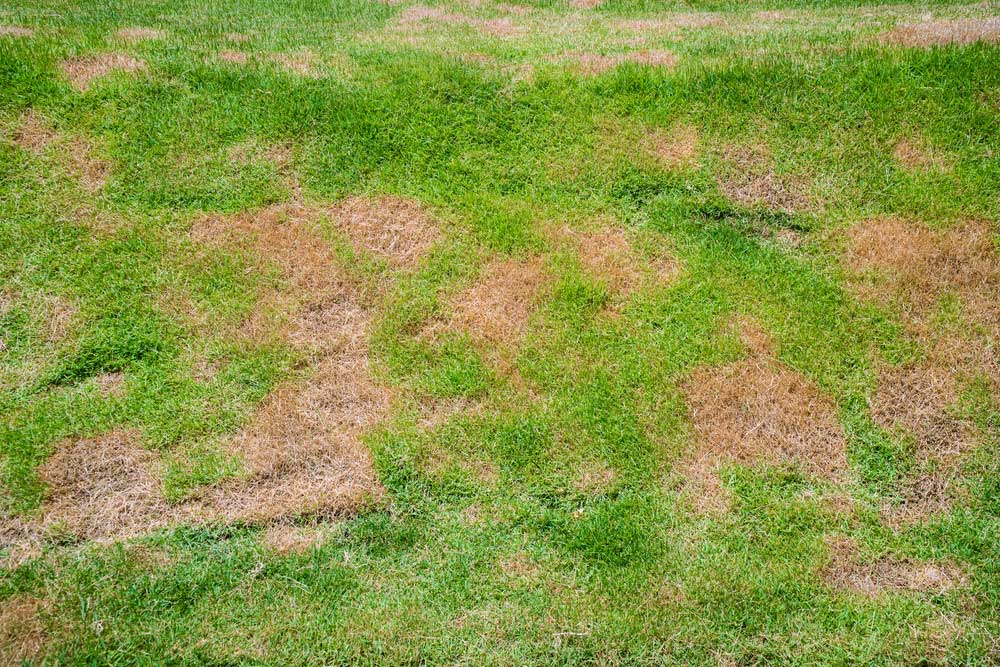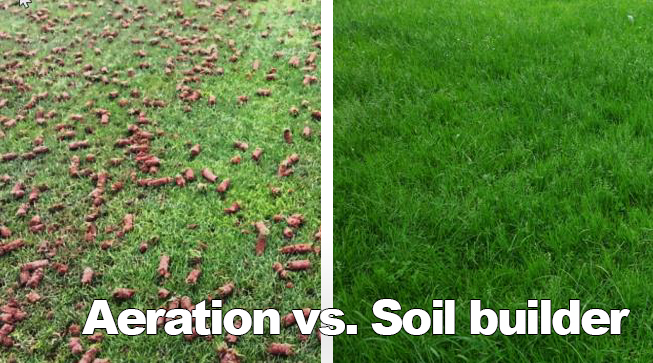Lawn compaction is a common problem. It makes your lawn look unhealthy. Compaction happens when soil particles are pressed together. This reduces space for air, water, and nutrients. Grass roots can’t grow well in compacted soil. But don’t worry! You can prevent and treat lawn compaction. Let’s learn how.
What Causes Lawn Compaction?
Several factors cause lawn compaction. Here are the most common ones:
- Heavy foot traffic
- Frequent mowing
- Heavy machinery
- Clay soil
- Watering too much or too little

Credit: americanlandscapesllc.com
Why is Lawn Compaction Bad?
Compacted soil has many problems. It prevents air, water, and nutrients from reaching the roots. Grass becomes weak and unhealthy. Weeds and moss start to grow. Your lawn looks patchy and unattractive.
How to Prevent Lawn Compaction
Prevention is better than cure. Follow these tips to keep your lawn healthy.
1. Aerate Your Lawn
Aerating is very important. It helps loosen the soil. Use a garden fork or an aerator machine. Poke holes in the soil. This allows air, water, and nutrients to reach the roots. Aerate your lawn at least once a year.
2. Reduce Foot Traffic
Too much walking on the lawn causes compaction. Create paths for walking. Encourage people to use them. Avoid walking on the lawn when it’s wet.
3. Mow Properly
Mowing too often compacts the soil. Mow your lawn once a week. Set the mower blade high. This keeps the grass longer. Longer grass has deeper roots. It can tolerate compaction better.
4. Water Wisely
Water your lawn deeply but infrequently. This encourages deep root growth. Avoid watering too often. It makes the soil soggy and compacted.

Credit: grasspad.com
How to Treat Lawn Compaction
If your lawn is already compacted, don’t worry. You can still fix it. Follow these steps to treat lawn compaction.
1. Test The Soil
First, test your soil. Check its pH level and nutrient content. Use a soil testing kit. It helps you understand what your lawn needs.
2. Aerate The Soil
Aeration is the key to treating compaction. Use a core aerator or a garden fork. Poke holes in the soil. This allows air, water, and nutrients to reach the roots. Aerate your lawn in spring or fall.
3. Add Organic Matter
Organic matter improves soil structure. Spread compost or organic mulch on your lawn. It helps loosen the soil. It also adds nutrients to the soil.
4. Overseed The Lawn
Overseeding helps fill in bare spots. Spread grass seed evenly over the lawn. Water the seeds well. New grass will grow and strengthen your lawn.
5. Topdress The Lawn
Topdressing is a great way to improve soil. Spread a thin layer of compost or sand over the lawn. It helps improve soil structure and drainage. Topdress your lawn after aeration.
Frequently Asked Questions
What Causes Lawn Compaction?
Lawn compaction is caused by heavy foot traffic, machinery, and poor soil structure.
How To Identify Compacted Soil?
Look for water pooling, sparse grass growth, and hard soil.
Why Is Lawn Compaction Bad?
Compaction restricts root growth, reduces air and water flow, and weakens grass health.
When To Aerate A Compacted Lawn?
Aerate in spring or fall for best results.
Conclusion
Lawn compaction is a common problem, but you can fix it. Prevent it by aerating, reducing foot traffic, mowing properly, and watering wisely. If your lawn is already compacted, treat it by testing the soil, aerating, adding organic matter, overseeding, and topdressing. Follow these simple steps to keep your lawn healthy and beautiful. Happy gardening!
